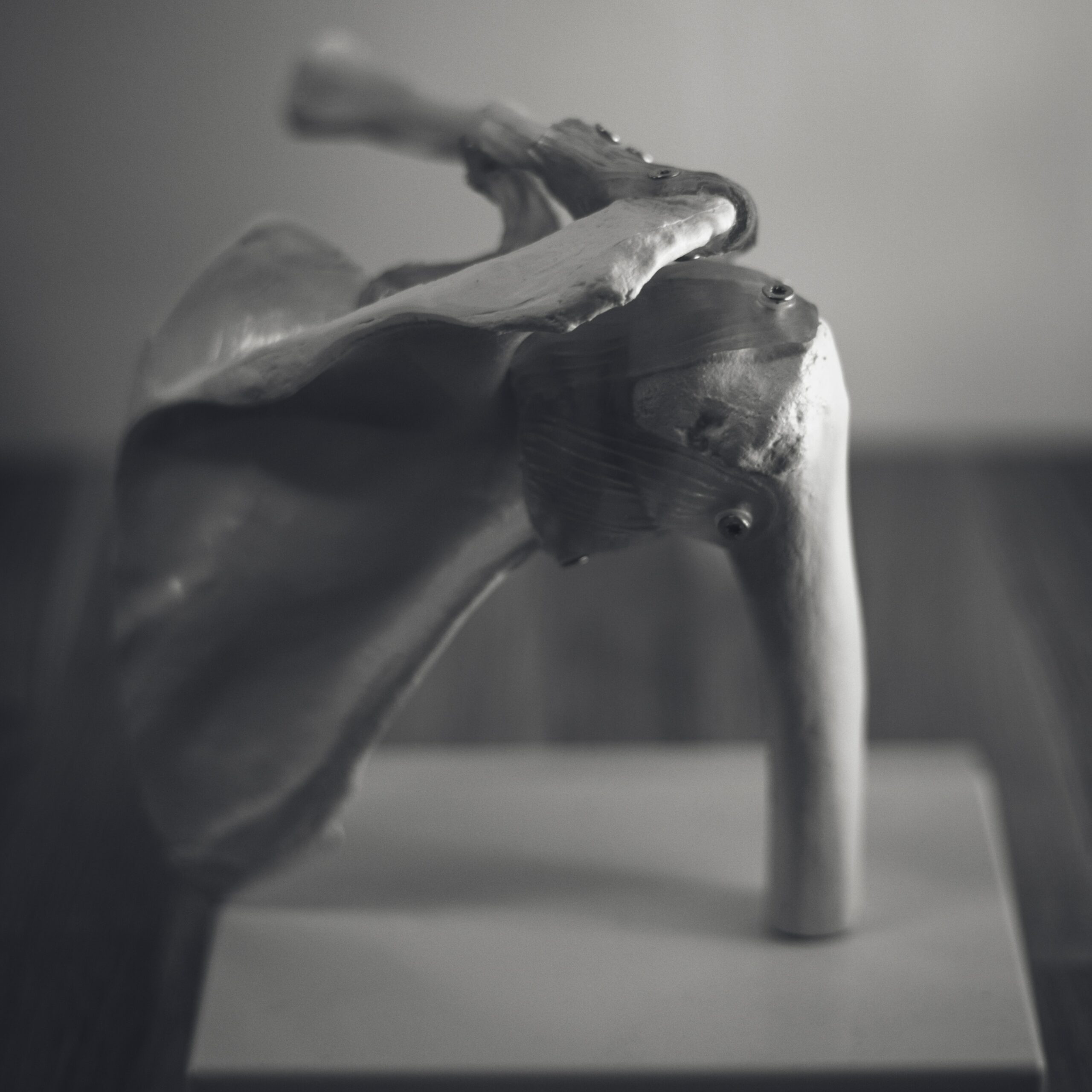Rotator cuff surgery is a long process back to a normal functioning shoulder with equal strength.
It takes approximately 12 months to make a complete recovery after a rotator cuff repair. The reason for this is that you cannot do much strength training at this time due to the repair needing time to heal into the bone.
In this post, I will discuss the time frames of when it is recommended to start range of motion, strengthening, and higher impact activities.

Why is the recovery after a rotator cuff surgery so long?
To answer this question you need to understand what type of healing needs to take place.
A tendon attaches to a bone not by being “glued” or “velcroed,” but rather it is attached via something called an enthesis.
An enthesis is a fibrocartilaginous matrix that creates an interlocking pattern of very strong tissue between the tendon and the bone. This allows for the tendon to withstand very high levels of force without tearing.
In the event of a rotator cuff repair, the tendon must be tacked back down usually with pins. The tendon and bone then need to grow back into each other. The enthesis does not start to gain sufficient strength until week twelve.
https://www.ncbi.nlm.nih.gov/pmc/articles/PMC4241426/
And just as an aside, most of these studies were done in animals, so whether or not it happens faster or slower in humans is up for debate.
After week twelve the enthesis is still not at 100% strength. In fact, there is still further ossification (more bone deposition) that takes place after 26 weeks.
This is why it is so important to go slow and steady in a recovery process.
A lot of people want to speed up the process because they are feeling great, however, the tissue still needs time to heal.
What are the phases of recovery for a rotator cuff tear?
Phase 1 (0-6 weeks): Immobilization (or early mobilization)
Depending on the surgeon they may recommend immobilization for 6 weeks or passive range of motion to be started in week 2 to 3.
This is surgeon-to-surgeon dependent. The most conservative approach would be to wait 6 weeks before any sort of mobilization to allow for better enthesis integrity.
Phase 2 (6-12 weeks): Passive and Active Range of Motion
Starting with passive range of motion to pain tolerance this lasts for the first 2-3 weeks.
At weeks 8-9 I start doing more active assisted range of motion exercises with my clients and then progress them to active range of motion at weeks 10-12.
Phase 3 (12 weeks to 52 weeks): Strengthening Phase
This is generally when light strength training can begin. According to this article the rotator cuff is at about 60% of its normal strength at this point and caution should be used to not lift too heavy until you have properly progressed.
As discussed earlier in this article, the enthesis takes time to heal so we want to be cautious when increasing load and moving at high rates of speed.
I’ll share the link below of a protocol that I believe to be excellent.
There are many other protocols on the first page of google but ultimately I think this one is likely the most accurate. Waiting 18 weeks to start strengthening, in my opinion, is too conservative and will likely only increase the rehab time unnecessarily.
Is immobilizing or early mobilization better with a rotator cuff tear?
Based on some of the studies I’ve read, immobilization for the first 6 weeks seems to produce a better outcome in terms of re-tear rate. This allows for better collagen formation at the enthesis which as discussed earlier is very important for the integrity of the tendon-bone matrix.
As an aside if you are wondering if you should get surgery or not, check out this article.
Key Takeaways
- Healing takes a long time because the tendon and bone need to grow together to create a strong bond (enthesis)
- Starting strengthening at week 12 is appropriate as the tendon-bone interfaces (enthesis) is at about 60% strength.
- Start light when you start strengthening and ideally you are working with a physical therapist to guide you through this process.
- Full recovery takes a long time because the tendon needs to heal and your shoulder musculature will have been slowly atrophying for 12 weeks before you can strength train. It takes a long time to rebuild muscle as opposed to how quickly you can lose it.
